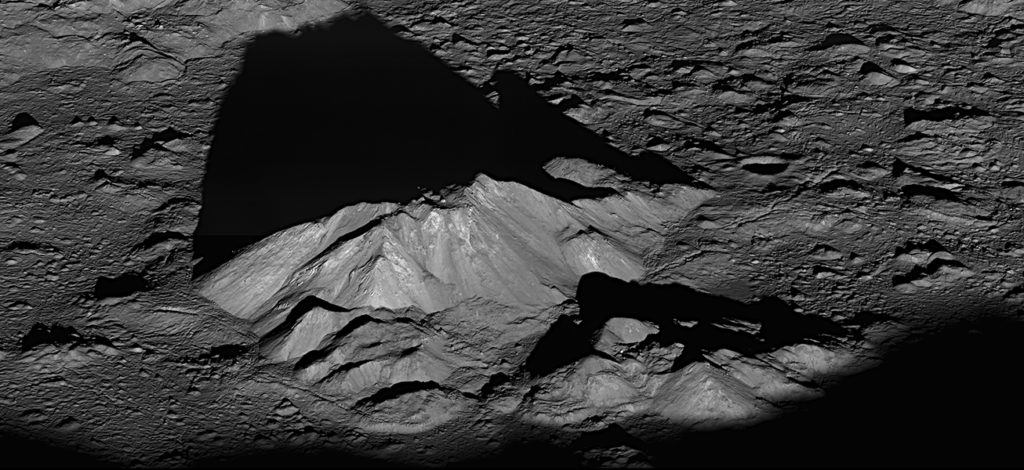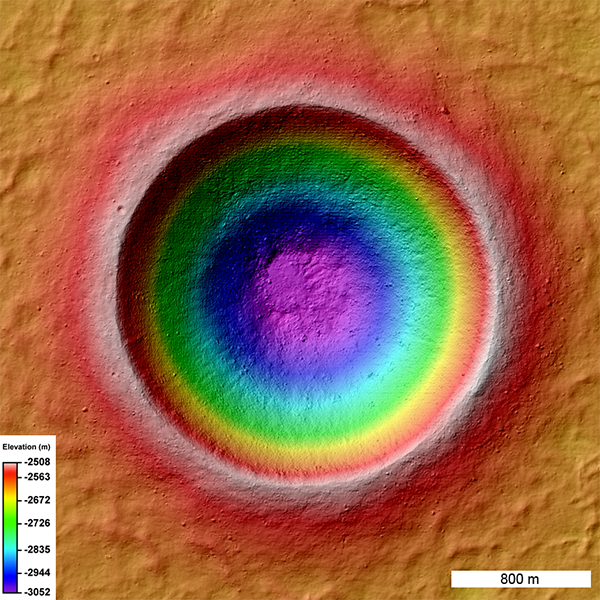Art & Exhibitions
Vote for the Best Lunar Art in NASA’s ‘The Moon as Art’


Sarah Cascone

NASA’s Lunar Reconnaissance Orbiter (LRO) has spent the past five years circling the Moon, gathering data and taking photos of the Earth’s satellite. As might be expected, the mission has captured some strikingly beautiful images in that time, and NASA is marking the project’s fifth anniversary by releasing a collection titled “The Moon As Art,” and letting the public vote for their favorite image.
For now, NASA is offering an early glimpse at the top five images, which are contending for the honor of gracing the cover for the collection. The winner and the rest of the images will be announced on June 18, five years to the day from LRO’s launch. Voting is open through Friday, June 6.

Starry Night, generated with the Lunar Orbiter Laser Altimeter.
Photo: LRO, courtesy NASA.
Some of the images in the contest are traditional photographs, like Tycho Central Peak, a stunning shot of shadows cast by the sunrise over the Tycho crater on the Moon’s southern highlands. Others, like Starry Night, which depicts the slopes on the moon’s south pole, are generated using special instruments aboard the LRO.
Starry Night, thus titled for its swirls of bright colors, was made by the Lunar Orbiter Laser Altimeter, which uses laser pulses to determine the distance between spacecraft and the lunar surface, providing detailed information about peaks (which appear in red and white) and valleys (seen in dark blues and purples).

Linné Topography, stereo image.
Photo: LRO, courtesy NASA.
“‘The Moon as Art’ collection gives the public the opportunity to see the moon as others have seen it for centuries—as an inspirational muse—but this time from the perspective of being in orbit with a series of ‘eyes’ that see in different parts of the electromagnetic spectrum,” said science education specialist Brooke Hsu, from the Lunar and Planetary Institute/Universities Space Research Association in Greenbelt, Maryland, in a press release.

Diviner North Pole, depicting temperatures as measured by the Diviner instrument.
Photo: LRO, courtesy NASA.

Clerke Crater.
Photo: LRO, courtesy NASA.